Mockery of St. George ribbon. Who laughs at Victory and Russia?
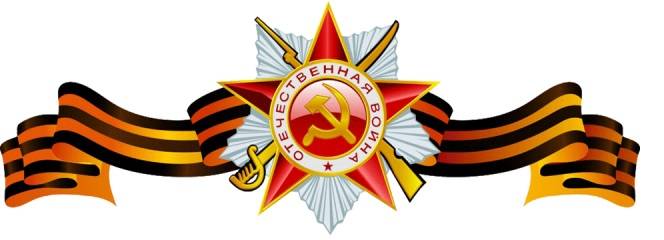
Unlike the Ukrainian nations, for which the St. George ribbon is just an enemy sign (prohibited, by the way, in Ukraine), Russian patriots argue that during the Great Patriotic War the St. George ribbon was not used or was used very rarely and did not carry the semantic load that was given to it already in the post-Soviet period of domestic stories. Some of them call the St. George ribbon almost the symbol of the Russian liberation army of the traitor-general Vlasov. For example, the well-known journalist Alexander Nevzorov, speaking of St. George's ribbon, declared that it was carried by traitors General Vlasov and Ataman Shkuro, and in the Red Army she was at first unknown at all, and then rarely used and then after 1943.
They began to attack the ribbon and some communists who accuse the Russian authorities of replacing the true symbols of the Great Victory with the St. George ribbon. Having read - having listened to the revelations of these people, our fellow citizens, who are not particularly experienced in questions of the history of the Great Patriotic War, even begin to doubt the St. George ribbon as a symbol of the Great Victory. Do St. George's colors really have nothing to do with the victorious Red Army and its immortal feat in 1941-1945?
Let's start with a brief history of the St. George ribbon itself. The two-color ribbon was established by Empress Catherine II 26 on November 1769 of the year during the Russian-Turkish war, but since the 1730-s, black and yellow were considered colors of the Russian Empire. In 1913, the statute was adopted, which stated that the St. George is called “a tape of three black and two orange stripes, worn over the right shoulder.” The colors of St. George received the greatest distribution during the First World War - in connection with the massive awards of war heroes to the Order of St. George. Full St. George knights had the right to wear St. George's ribbon in winter time over the side of the overcoat.
During the Civil War, the St. George ribbon was actively used in the White Movement, which did not refuse “tsarist” awards of the pre-revolutionary type. In Soviet Russia, until the outbreak of World War II, the St. George ribbon went out of use. However, almost immediately after the outbreak of the war, the leadership of the country and the high command had a need to revive the developed system of awards for both individual military personnel and units and formations of the Red Army and the Naval fleet.
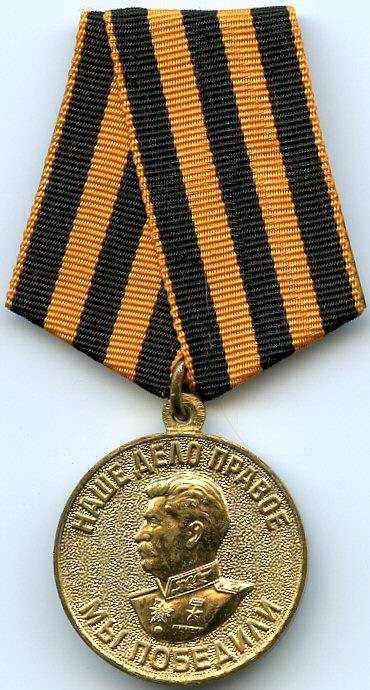 The St. George Ribbon has already become an authentic symbol of the Great Victory on May 9 of the year. It was then, the day after the signing of the Act of unconditional surrender of Hitler's Germany, the Presidium of the Supreme Soviet of the USSR established a new state award - the medal "For the Victory over Germany in the Great Patriotic War 1945 — 1941”. As we know, it is the St. George ribbon that blocks the medal. The medal "For Victory over Germany" has become one of the most massive awards of the USSR. She was awarded 1945 millions of people, including almost all military personnel of the army, as well as those who were commissioned, demobilized or transferred to the rear for injuries or other reasons. Thus, millions of Soviet citizens, starting with 15, began to wear the St. George ribbon on their chests — on the medal “For the Victory over Germany.”
The St. George Ribbon has already become an authentic symbol of the Great Victory on May 9 of the year. It was then, the day after the signing of the Act of unconditional surrender of Hitler's Germany, the Presidium of the Supreme Soviet of the USSR established a new state award - the medal "For the Victory over Germany in the Great Patriotic War 1945 — 1941”. As we know, it is the St. George ribbon that blocks the medal. The medal "For Victory over Germany" has become one of the most massive awards of the USSR. She was awarded 1945 millions of people, including almost all military personnel of the army, as well as those who were commissioned, demobilized or transferred to the rear for injuries or other reasons. Thus, millions of Soviet citizens, starting with 15, began to wear the St. George ribbon on their chests — on the medal “For the Victory over Germany.” But even before the Great Victory, the St. George ribbon was actively used in the Red Army and in the navy. Let's start with the fact that even in the autumn of 1941, just a few months after the start of the war, it was decided to assign the most distinguished in battles, formations, and ships to the title of “Guards”. September 18 1941 “for combat exploits, organization, discipline and exemplary order” the name “Guards” was assigned to 100, 127, 153 and 161 rifle divisions, which were renamed 1, 2 th, 3 and 4 th guards rifle divisions.
The St. George ribbon has become the symbol of the guard. 10 June 1942 year Navy Commissar of the USSR Navy Admiral of the fleet Nikolai Kuznetsov signed an order authorizing the use of St. George ribbon on sailor caps of sailors of the Guard ships and formations and a sign in the form of a plate of St. George ribbons that was worn on the chest. Thus, from the first year of the war, the St. George ribbon was used in the Red Army and the Navy as a guards insignia. The most heroic and combat-ready units of the Red Army and Navy had the right to wear the St. George ribbon. During World War II Guards regiments, divisions, corps and army were created.
By the end of World War II, 11 armies and 6 tank armies, 40 infantry, 12 tank, 9 mechanized, 14 aviation and 7 cavalry corps, 215 divisions, 18 warships and many military units of various branches of the armed forces and branches of the armed forces. Millions of Soviet servicemen served in guards units and formations, all of them also had the right to wear the guards' distinctive sign - the St. George ribbon.
By the Decree of the Presidium of the Supreme Soviet of the USSR from 8 in November 1943 “On the Establishment of the Order of Glory I, II and III Degree” a new order was established - the Order of Glory. They could be rewarded for their personal merits by servicemen — privates, sergeants and foremen, and in the Air Force — junior lieutenants. The status and color of the ribbon of the Order of Glory almost completely reproduced the famous George Cross, one of the most famous and respected awards of the Russian Empire. Only the Order of Glory had three degrees, and George had four degrees. When the question arose of creating a new Soviet order, which could be awarded to soldiers, sergeants and elders of the Red Army, it was originally planned to call him the name of Bagratio. October 2 1943, the head of the rear of the Red Army, General Khrulev, presented Stalin with four options for sketching a new order. Stalin approved the idea of the artist Nikolai Moskalev that the order would be worn on the St. George ribbon, and decided to introduce three degrees of the Order of Glory.
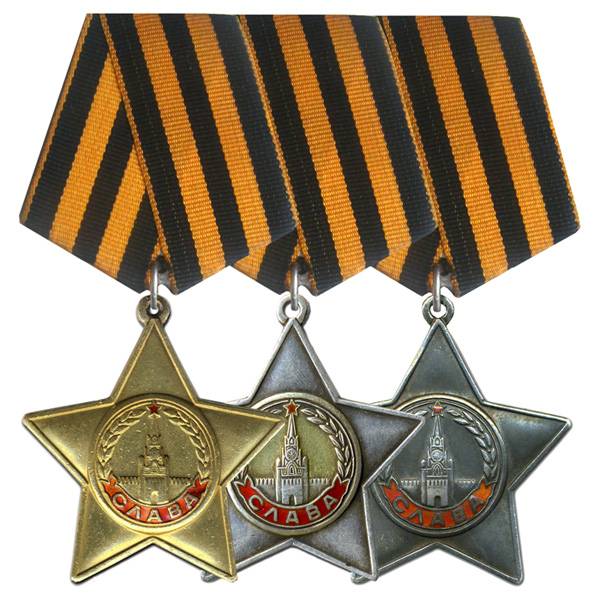
During the years of the Great Patriotic War, the Order of Glory of the 3rd degree was awarded to about a million Soviet soldiers, even more 46 thousand soldiers received the Order of Glory of the II degree and 2678 soldiers - the Order of Glory of the I degree. Full holders of the Order of Glory of three degrees were 2671 people, including four women. For the battle on the left bank of the Vistula River 14 in January 1945, all ranks, sergeants and foremen of the 1 battalion of the 215 Red Banner Regiment of the 77 Guards Chernigov Red Banned Lenin and Suvorova men’s squads were awarded orders of Glory. Glory.
The Order of Glory was truly a soldier’s order. They were awarded ordinary "workers of war", who every day risked their lives on the battlefield, performing simple, but very complex and dangerous tasks. The gentlemen of the Order of Glory respected the command, and they, privates, sergeants and sergeants, could feel a certain superiority over the officers, because they were awarded for concrete feats, for their personal contribution to the approach of the Great Victory.
The list of feats for which the possibility of awarding the Order of Glory was provided is impressive. So, they could have been rewarded with a soldier, sergeant or foreman if he first broke into the enemy's bunker, pillbox, trench or dugout of the enemy and destroyed his garrison; personally captured the officer of the enemy forces; at night he took off an enemy guard post or watch or captured him; destroyed the enemy machine gun or mortar; from personal weapons shot down an enemy plane; destroyed the enemy warehouse; captured the enemy banner in battle; saved the banner of his unit from capture by the enemy during the battle; continued to perform combat missions while in a burning tank; under the enemy’s fire, made a passage in the enemy’s wire obstacles for his unit; assisted the wounded under enemy fire for several battles; after being wounded, after bandaging he returned to the ranks for further participation in the battles.
They gave the Order of Glory and pilots with the rank of no higher than the junior lieutenant - for the fact that the fighter pilot destroyed the enemy's fighter planes from 2 to 4 or from the 3 to 6 of the enemy bombers; Assault Aviation Pilot - for the destruction of enemy tanks from 2 to 5, or of 3 to 6 of steam locomotives, or enemy echelon, or for the destruction of at least 2 aircraft on the enemy’s airfield; Assault Aviation Pilot - Destroyed enemy aircraft in 1 or 2 air combat; bomber crew - for the destruction of bridges, echelons, warehouses, headquarters, railway stations, power plants, dams, warships, enemy boats; reconnaissance crew - for successfully completing reconnaissance of enemy positions, as a result of which valuable information was obtained.
“The Order of Glory was established only in 43 year, and did not enjoy particular popularity, even fame on the front,” said Alexander Nevzorov, a critic of the St. George ribbon, in one of his speeches. Well, of course, it is better for a venerable TV presenter to know what popularity is, but they, the heroes of the front, did not even chase after popularity. They fought, killed the enemy, died, were injured and awarded the Order of Glory.
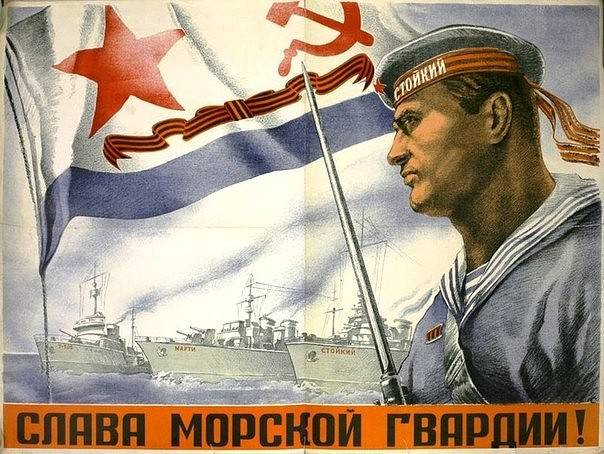
If we consider that the Order of Glory was awarded to more than a million soldiers of the Red Army, it can hardly be called "unpopular." In the army, the gentlemen of the Order of Glory, as noted above, enjoyed special respect, as after the war, in the veteran environment, revered those who received the Order of Glory, and the full Knights of the Order of Glory were almost equal to the Heroes of the Soviet Union. The Order of Glory was awarded to the most worthy and courageous warriors. All of them proudly wore an order with a ribbon of St. George flowers on their chests. And after that there are those who do not consider the St. George ribbon as a symbol of the Great Victory?
Where did the myth come from, that the St. George ribbon is almost the Vlasov symbol? Let's start with the fact that collaborators from among the Russians and other peoples of the USSR who fought on the side of the Nazis always awarded themselves with German awards themselves, as well as those specially instituted for ROA and other similar formations with the Order of Bravery and the Medal of Merit. St. George ribbons and St. George's crosses were absent in the German award system. Naturally, among the collaborators there were white emigres, including participants in the First World War and the Civil War, who could wear St. George's crosses on their uniforms, which they received while serving in the Russian Imperial Army. But this in no way means that the St. George ribbon was a regular Vlasov award or was used in other collaborationist formations. The cavaliers of St. George — the participants of the First World War — also fought in the Red Army, and there were disproportionately more of them in the RKKA than in the POA or other traitorous structures. Thus, the replicated myth of the “Vlasov St. George Ribbon” is nothing more than another attempt to blacken the history of the Great Patriotic War and the memory of Soviet citizens who fought against the Nazi invaders.
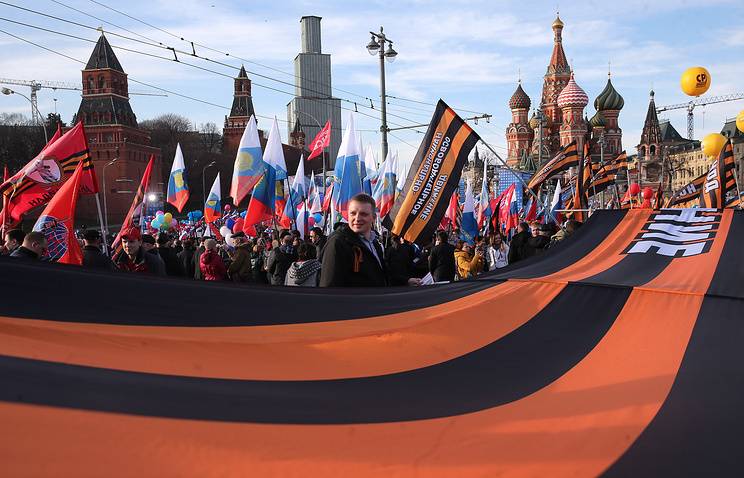
St. George's ribbon can rightfully be considered an old and very honorable symbol of Russian military glory. It is not by chance that it causes such rabies in Russophobes of all stripes. Already in the post-Soviet period, the St. George ribbon acquired new meanings. First, it became a symbol of the memory of the Great Patriotic War and tribute to her veterans. When a modern young man puts on a St. George ribbon, decorates his car with it, even at such a superficial level, he nevertheless shows respect for the memory of the heroic ancestors who defended the Soviet Union from invaders.
Secondly, a new reading of the St. George ribbon was given by the events of 2013-2014. in Ukraine. St. George ribbon has become a symbol of the Russian world, the personification of the Russian identity of those people who use it (regardless of their ethnic or religious affiliation). In the hostile countries of Russia, the St. George ribbon is interpreted unequivocally - as a symbol of Russia, and in this regard our opponents are more honest than many of our fellow citizens who invent and spread the most bizarre myths about St. George ribbon.
Information